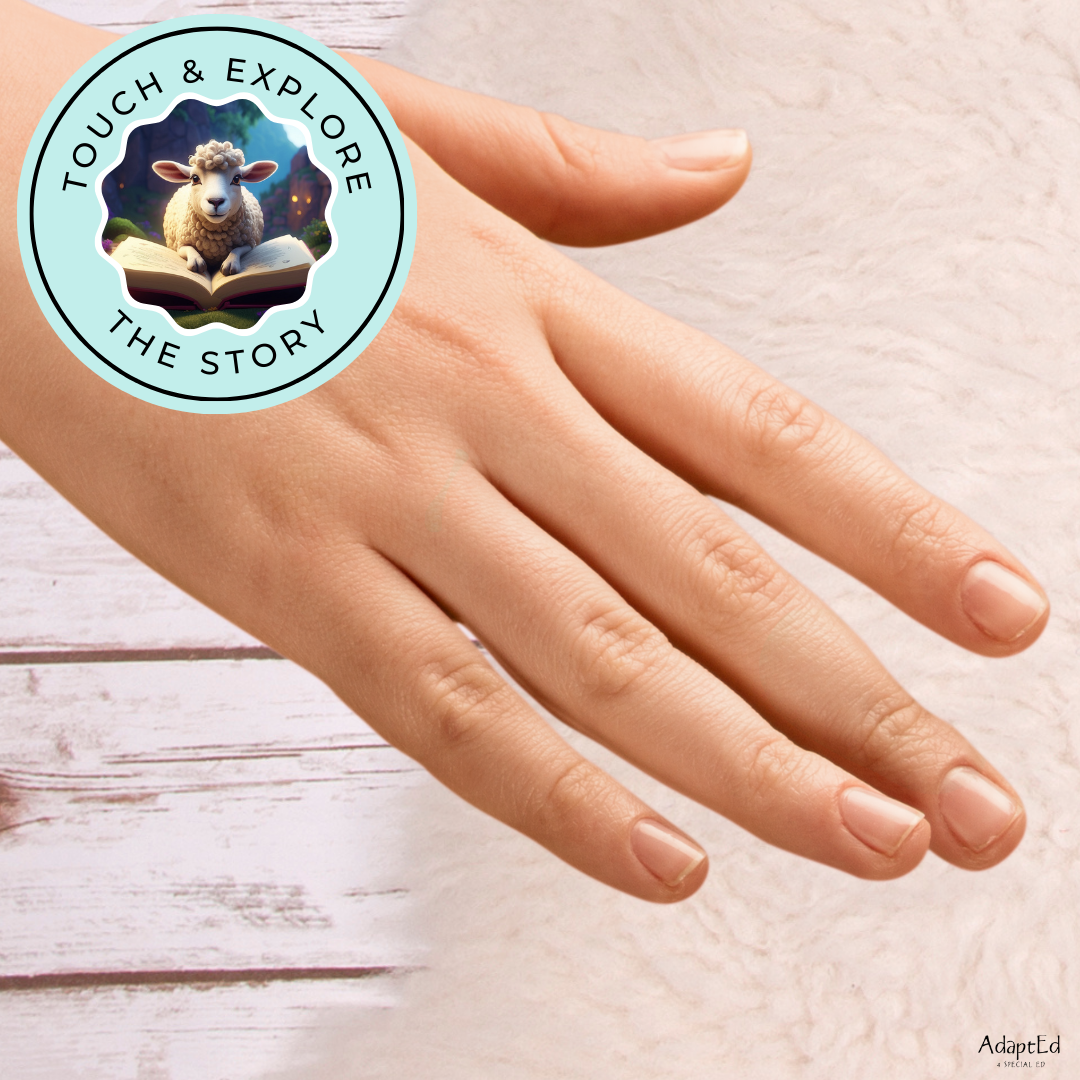In the realm of education and special care, the concept of multi-sensory storytelling has emerged as a profound method for engaging individuals with unique learning requirements. Traditional storytelling predominantly stimulates the visual and auditory senses; however, by encompassing a wider array of sensory experiences, educators and caregivers can create more inclusive narratives that cater to individual needs.
Understanding Multi-Sensory Storytelling
Multi-sensory storytelling involves narratives that incorporate various sensory stimulations—such as touch, smell, and taste—alongside the more conventional visual and auditory elements. Research has highlighted the effectiveness of this approach, especially for persons with profound intellectual and multiple disabilities (PIMD) (Wiley Online Library).
The Impact of Tailored Stories
Adapting each story to the abilities, preferences, and desires of the individual is pivotal in multi-sensory storytelling. This personalized approach not only respects the uniqueness of each listener but also maximizes engagement and learning outcomes. Studies demonstrate that when stories are adapted, audiences with PIMD exhibit heightened responsiveness and alertness (Taylor & Francis Online).
Inclusion Through Co-Design
The co-design process plays a significant role in creating inclusive multi-sensory stories. By involving children with mixed visual abilities in the design process, educators can establish requirements that accommodate a broader range of sensory preferences (ACM Digital Library). Incorporating feedback from the actual users of these stories ensures that the final product is genuinely user-centered.
Practical Applications and Benefits
Teachers and caregivers can glean knowledge about the preferences and abilities of children with PIMD by using multi-sensory stories as a tool (SAGE Journals). This insight allows them to fully adjust their materials to enrich the learning experience. Additionally, multi-sensory environments have shown great success in specialized educational settings, supporting the idea that tailored sensory experiences can significantly benefit learners (Taylor & Francis Online).
Crafting Your Own Multi-Sensory Stories
For educators and therapists looking to integrate multi-sensory storytelling into their practice, selecting appropriate materials and storylines is essential. One resource that simplifies this process is AdaptEd's Multi-Sensory Storytelling Kit, which offers a "Sheep in a Jeep" package that brings the narrative to life through sensory-rich materials and activities. This kit serves as an excellent starting point for those interested in exploring the benefits of adapted storytelling (AdaptEd).
Conclusion
Designing multi-sensory stories that adapt to individual needs is more than a teaching technique—it is a commitment to acknowledging and honoring the diverse ways in which people engage with the world around them. By utilizing research-backed strategies and resources like AdaptEd's storytelling kits, educators and caregivers can craft narratives that resonate on a personal level, fostering inclusion and enhancing learning experiences for all.



